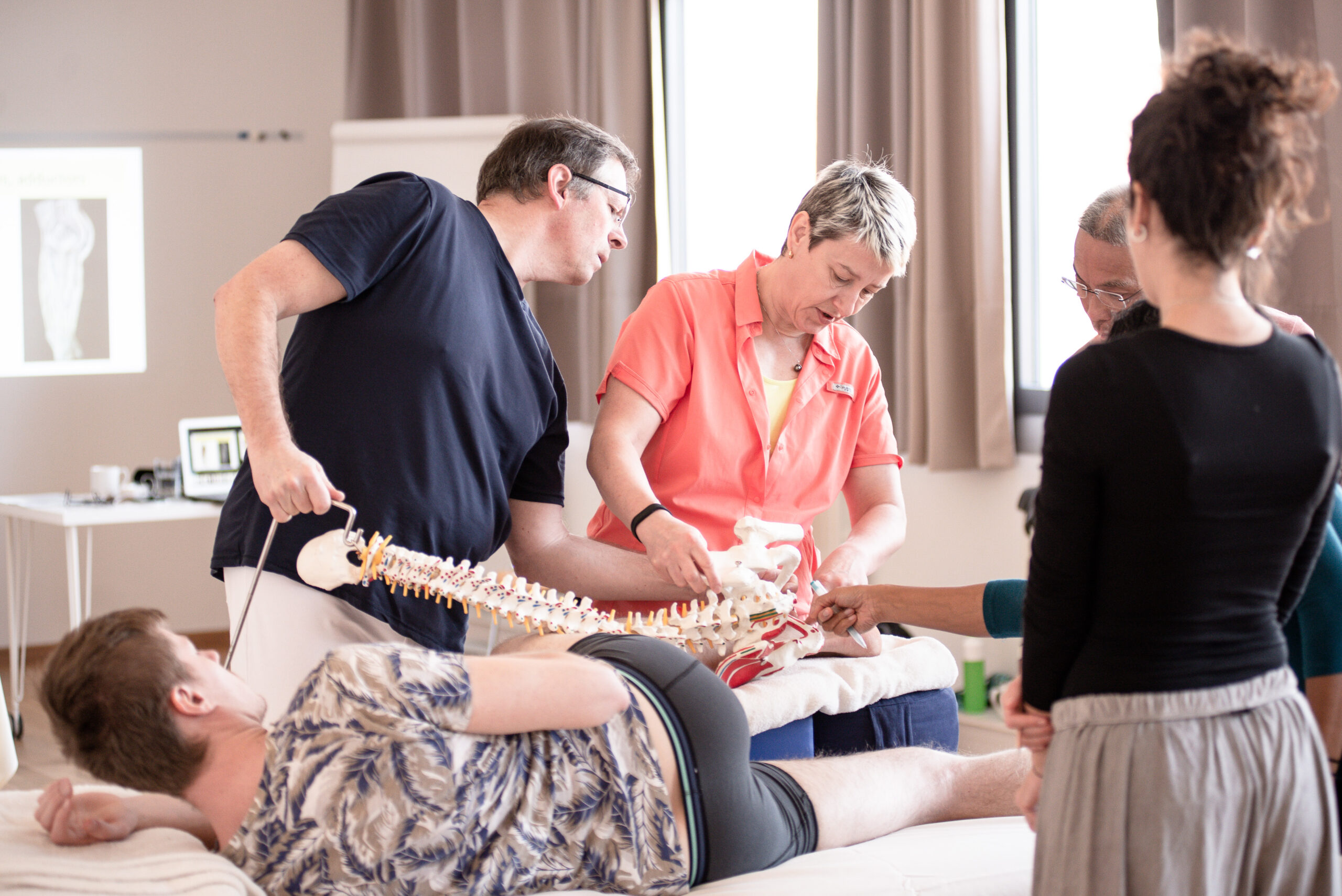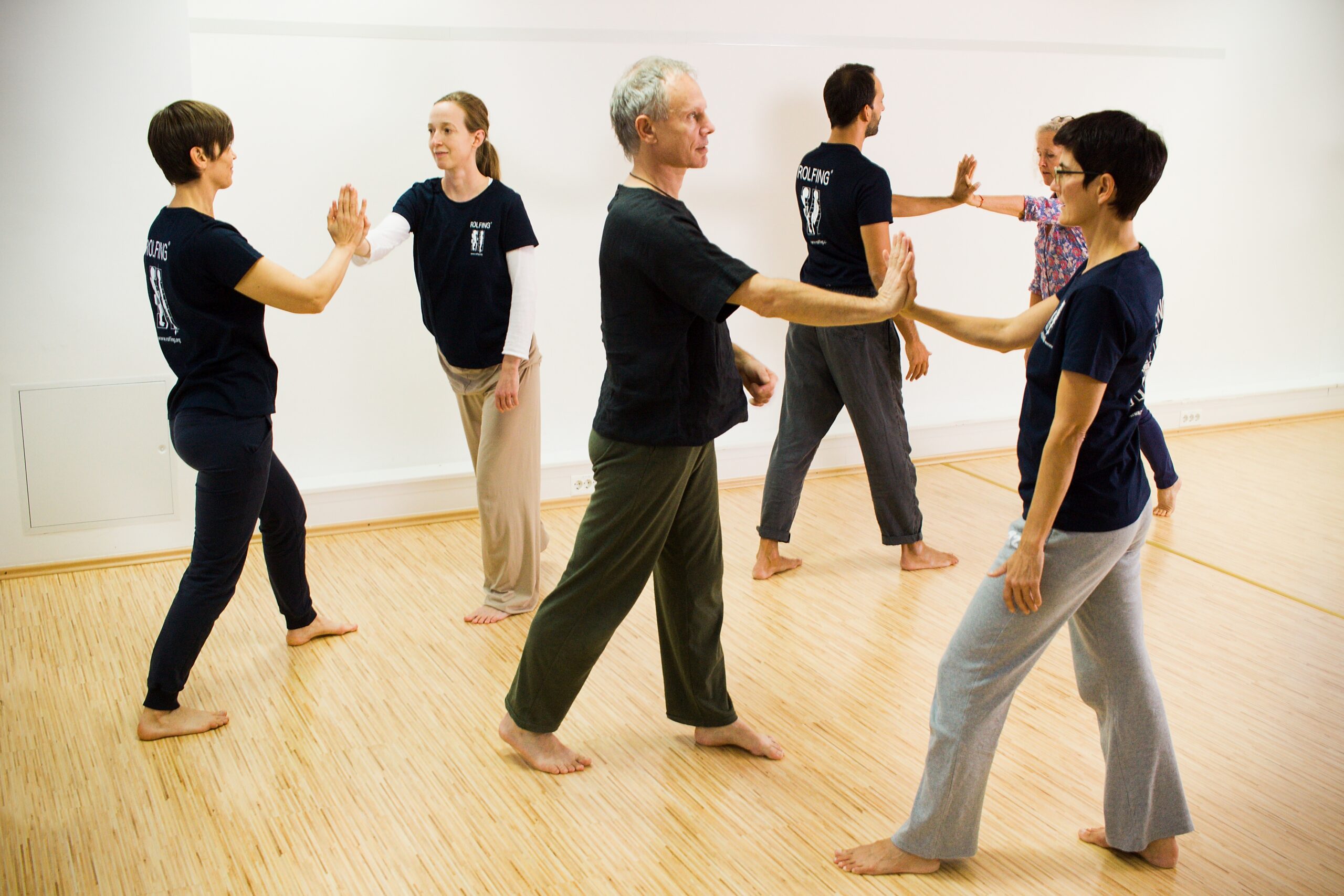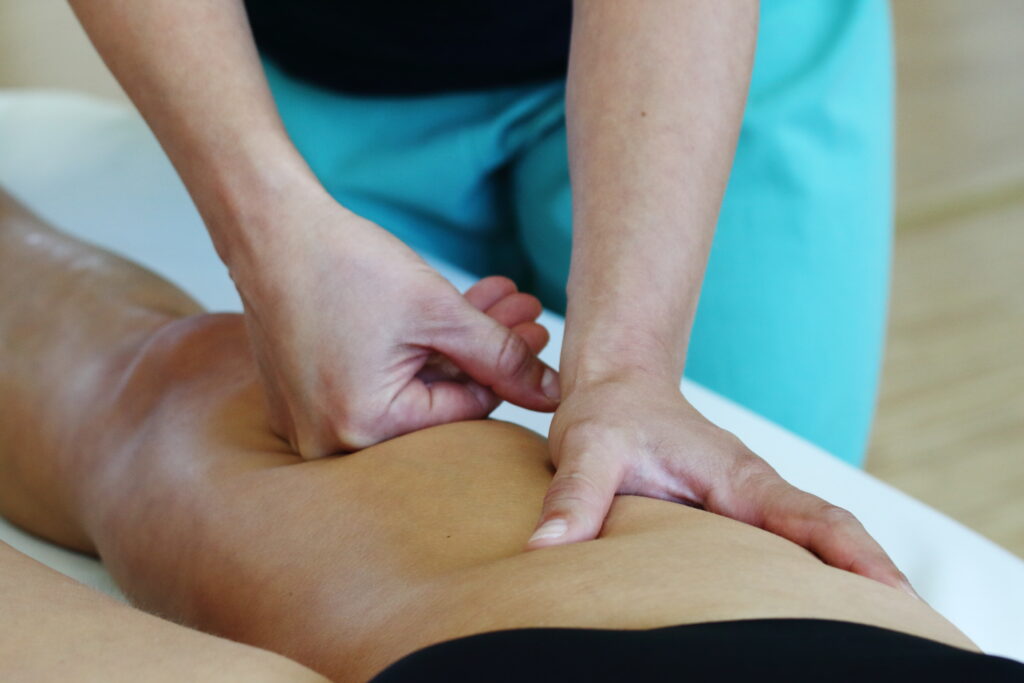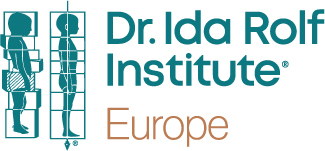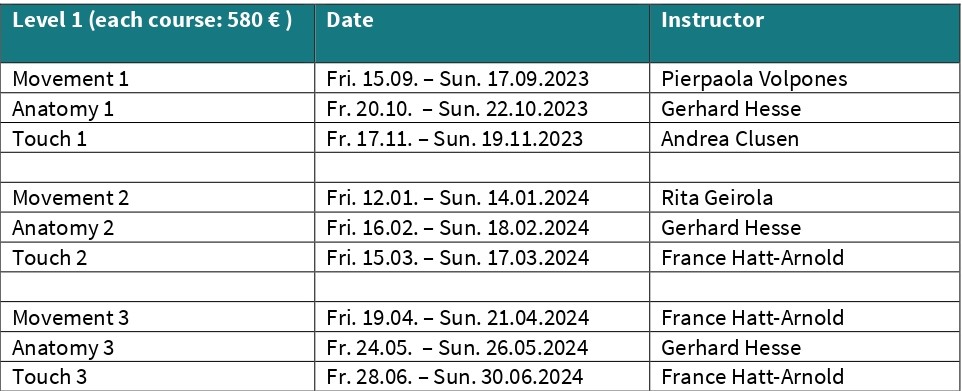Sportmassage opleiding niet altijd de beste start voor een massagecarrière
Een sportmassage opleiding wordt door veel mensen gezien als een goede basis om het vak als masseur of massagetherapeut in te stappen. Toch is dit voor de meeste mensen die iets met massage willen doen NIET de ideale basis. In deze blog leggen we uit wanneer je beter wel een sportmassage opleiding en wanneer je beter niet een sportmassage opleiding kunt volgen.
Het verschil tussen een sportmasseur en een ‘gewone’ masseur of massagetherapeut is al direct te merken als je gaat liggen. Sportmasseurs werken met een behandeltafel; een stevige, harde tafel waar je niet voor je plezier op ligt. De masseur/ massagetherapeut werkt vanuit comfort en zorgt ervoor dat je lekker ligt en optimaal kunt genieten van de massage.
De NGS, Nederlands Genootschap Sportmassage is een organisatie die al sinds de jaren ’30 van de vorige eeuw de belangen van de sportmasseurs verzorgt. Zij nemen ook de examens af voor het diploma sportmasseur. Daarnaast is er afgelopen jaren bij de NGS ook de wellness masseur bij gekomen. Het NGS behartigt als ledenorganisatie de belangen van ruim 5.000 sport-, sportzorg- en wellnessmasseurs in Nederland. Het NGS vertegenwoordigt de branche in het contact met belangrijke partijen zoals:
- Overleg met de landelijke overheid
- Zorgverzekeraars
- NOC*NSF en sportbonden
- Evenementenorganisatoren Ketenpartners, zoals (sport)fysiotherapeuten en sportartsen
Speerpunt voor de komende jaren is het positioneren en profileren van de sport-, sportzorg- en wellnessmasseurs in de (sport)gezondheidszorg en maatschappij, zodat o.a. cliënten de weg nog beter weten te vinden naar zowel de sport-, sportzorg- en wellnessmasseur. Ook richting sportevenementen zal de meerwaarde van de inzet van masseurs tijdens het evenement duidelijk worden gemaakt.
De sportmasseur
De sportmasseur is iemand die zich beroepsmatig of in zijn vrije tijd bezig houdt met het begeleiden van sporters. Uitgangspunt van het handelen van de sportmasseur is het treffen van maatregelen ter verbetering van de fysieke gesteldheid van de sporter en ter voorkoming (van herhaling) van blessures. De voornaamste handelingen van een sportmasseur zijn het masseren en tapen/bandageren. Door de aard van de werkzaamheden krijgt de sportmasseur te maken met vertrouwelijke informatie. Hier gaat hij integer mee om. Hij vraagt toestemming aan de sporter wanneer hij gegevens, die het slagen van de behandeling vergroten, verstrekt aan derden. De sportmasseur kan zich inleven in de sporter en toont empathie en houdt daarbij een zekere afstand (beroepsethiek).
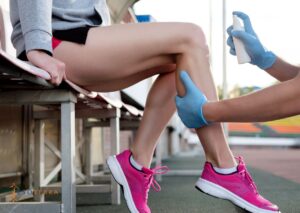
- De sportmasseur neemt basis functietesten af, informeert, adviseert, masseert, tapet en bandageert.
- De sportmasseur werkt zelfstandig aan de hand van protocollen en is verantwoordelijk voor het behalen van het doel dat hij bij zijn sporter wil bereiken.
- De sportmasseur heeft een ondersteunende en begeleidende rol naar de sporter toe daar waar het gaat om preventie van blessures en verbetering van de conditie van de sporter.
- De sportmasseur legt gegevens vast zodat hij verantwoording kan afleggen aan de sporter. Daarnaast is het zijn verantwoordelijkheid dat de gegevens van zijn handelen inzichtelijk en overdraagbaar zijn aan anderen. De sportmasseur werkt samen met sportkader en (para-)medici binnen de vereniging.
Tussen de sporters
Als sportmasseur leer je dus om vooral sporters te begeleiden; voor en na de wedstrijd met technieken uit de klassieke massage die volgens een vast protocol worden uitgevoerd. Ook leer je tapen en bandageren. Een duidelijke functie omschrijving die goed werk kan verrichten op en rond de sportvelden. Elke amateurclub heeft een (al dan niet vrijwillige) sportmasseur die met de wedstrijden meegaat en meestal ook een EHBO diploma op zak heeft.
De vakken van de sportmassage opleiding zijn over het algemeen:
- Anatomie
- Toegepaste fysiologie
- Massagetheorie en -praktijk
- Kwaliteitszorg
- Sporthygiëne
Sportmassage opleiding: ja
De sportmassage opleiding is dus ideaal als je sporters wilt begeleiden. Je leert een gedegen kennis van de anatomie, massage en andere zaken om de sporters te helpen met hun sport. De massage is meestal stevig en snel en gericht op de doorbloeding van de spieren. Lekker als je een beetje stijf aan een wedstrijd moet beginnen of als je klaar bent met sporten.
De sportmasseur heeft meestal een aparte kamer of werkt in de kleedkamer van de sportclub en kan een aantal (blessuregevoelige) sporters ondersteunen.
Sportmasseurs kunnen geen klachten behandelen; daarvoor dienen ze door te verwijzen naar een fysiotherapeut. Ook geven sportmasseurs geen deep tissuemassage.
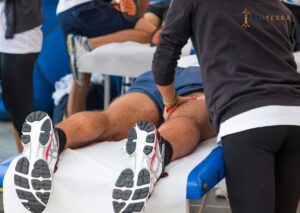
Sportmassage opleiding: nee
Als je een volledige mensgerichte of ontspannende massage wilt leren geven ben je met sportmassage juist aan het verkeerde adres. Het is dan ook een raadsel dat deze massagevorm bij veel sauna’s wordt aangeboden. Waarschijnlijk komt dit omdat sportmassage en de NGS als enige een vorm van erkenning aanbieden waardoor een sportmassage opleiding goed in elkaar zit. Het is alleen een sportmassage, een stevige ruwe massage die bedacht is voor sporters. In een sauna willen de meeste mensen lekker ontspannen.
Sportmassage is ook geen holistische benadering van lichaam en geest. Als je het lijf als één geheel ziet en vanuit contact wilt werken ben je bij sportmassage aan het verkeerde adres. Bij sportmassage wordt gewerkt met vaste protocollen en is een paramedische benadering gewenst.
Als je massage als therapievorm wilt inzetten is een opleiding tot massagetherapeut vereist. Massagetherapie is vooral de laatste jaren en internationaal enorm aan het ontwikkelen. Veel klachten kunnen door een massagetherapeut worden behandeld. Waar vroeger een massagetherapeut meer vanuit een spirituele benadering werkte is de moderne massagetherapeut professioneel en slagvaardig en kun je er terecht voor fysieke klachten alswel voor emotionele of psychosomatische klachten.
Wil je een sportmassage opleiding volgen dan zijn er tal van aanbieders te vinden bij jou in de buurt. Voor de beste opleiding masseur en opleiding massagetherapeut ben je uiteraard bij ons aan het juiste adres.
Bronnen:

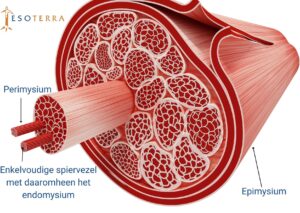 Een andere vorm van spierpijn is verlate spierpijn. Deze spierpijn krijg je pas 24 tot 48 uur nadat je hebt gesport. Verlate spierpijn wordt veroorzaakt door hele kleine scheurtjes in je spiervezels, waardoor je spieren pijn doen en minder belastbaar zijn. Deze spierscheurtjes zijn zo klein dat ze niet slecht voor je zijn. De scheurtjes zorgen er juist voor dat je sterker wordt. Je lichaam gaat de scheurtjes herstellen en er ontstaat een supercompensatie. Dat wil zeggen dat je lichaam zich herstelt boven het oorspronkelijke niveau en zich voorbereidt op de volgende zware belasting door extra spiervezels aan te maken.
Een andere vorm van spierpijn is verlate spierpijn. Deze spierpijn krijg je pas 24 tot 48 uur nadat je hebt gesport. Verlate spierpijn wordt veroorzaakt door hele kleine scheurtjes in je spiervezels, waardoor je spieren pijn doen en minder belastbaar zijn. Deze spierscheurtjes zijn zo klein dat ze niet slecht voor je zijn. De scheurtjes zorgen er juist voor dat je sterker wordt. Je lichaam gaat de scheurtjes herstellen en er ontstaat een supercompensatie. Dat wil zeggen dat je lichaam zich herstelt boven het oorspronkelijke niveau en zich voorbereidt op de volgende zware belasting door extra spiervezels aan te maken.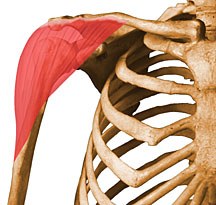 spierscheurtjes kunnen ontstaan door overbelasting. Ook kan het zijn dat je spierpijn krijgt door een slechte warming-up. Verder kun je spierpijn krijgen als je van een warme naar koude omgeving gaat.
spierscheurtjes kunnen ontstaan door overbelasting. Ook kan het zijn dat je spierpijn krijgt door een slechte warming-up. Verder kun je spierpijn krijgen als je van een warme naar koude omgeving gaat. 